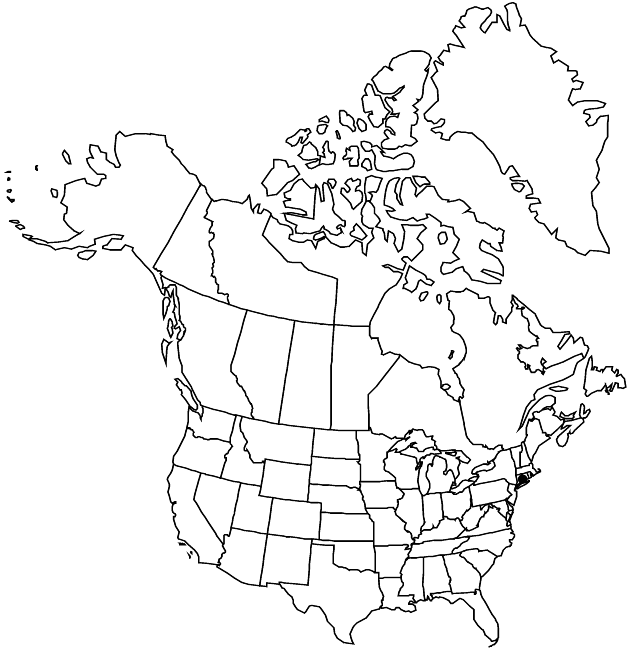Crepis pannonica
Linnaea 23: 689. 1851.
Perennials, 30–130 cm (taproots stout, caudices branched). Stems 1, erect, branched distally, setulose and sometimes glandular proximally. Leaves mostly cauline; petiolate or sessile; blades broadly oblanceolate to elliptic, 15–30 × 4–6 cm, margins closely toothed (teeth corneous apically and sometimes along margins), apices acute, faces scabrous, ± setulose and stipitate-glandular; (cauline sessile, ovate or elliptic, bases auriculate). Heads 1–8, borne singly or (on racemiform branches) in compound, paniculiform or corymbiform arrays. Calyculi of 10–12, lanceolate to linear, sparsely tomentulous bractlets 3–5 mm. Involucres cylindro-campanulate, 10–15 × 6–12 mm. Phyllaries 12–15, lanceolate, 9–10 mm, (bases strongly thickened, margins green), apices (dark) acute, abaxial faces tomentulose, sometimes with setae, adaxial glabrous. Florets 50–90; corollas yellow, 15–18 mm (sparsely tomentulose). Cypselae brown, fusiform, 5–6 mm, apices narrowed (not beaked), ribs 15–20; pappi white (soft), 5–8 mm. 2n = 8.
Phenology: Flowering Jun–Aug.
Habitat: Dry, open, grassy areas, pastures
Elevation: 1000–2000 m
Discussion
Crepis pannonica is recognized by its leafy, erect stems, broadly elliptic or obovate leaves with closely dentate margins, auriculate distal leaves, and tomentulose phyllaries.
Selected References
None.
